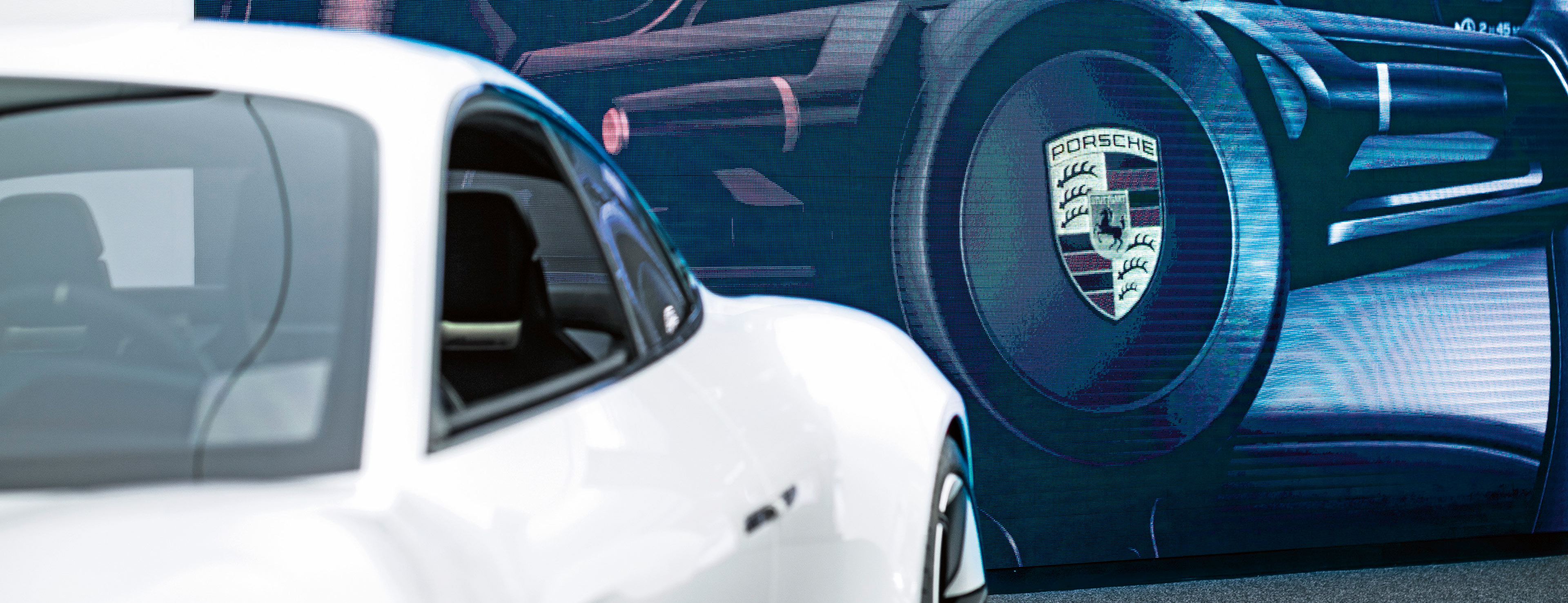Design . The Porsche DNA
"The main difference between a
The 911 is the reference for all new designs.
All research begins with a consideration of history. Using the example of a 1973 911 T, designer Thorsten Klein describes those elements that still make the interior of a

Series of the future.
Michael Mauer is attracted by this noticeable, new uncertainty when looking into the future. Everything changes: "For creatives, this acceleration in transformation is an inspiring situation." The design team is trained to anticipate what is to come – to think their way into tomorrow. Mauer also thought ahead when putting the team together. "We have more generalists on board in order to think further," he says. Even in 2048, when the
Ivo van Hulten has been head of interior design at
Solutions that increase driving pleasure.
Interior design encompasses not only how displays are conceived structurally, but also what can be seen on them. Gantimur Meißner's business card says "Head of UX/UI

![[+]](https://files.porsche.com/filestore/image/multimedia/none/innovation-porschedna-margin-01/normal/df08eb26-1d27-11e8-bbc5-0019999cd470/porsche-normal.jpg)



